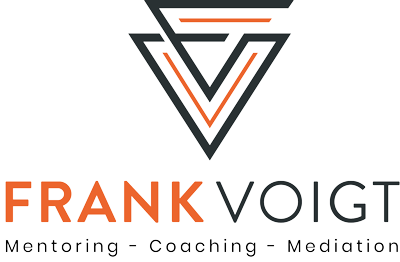In my last post, I presented the results of a study by the ICF.
A study that found that mentoring and coaching improve 70% of work performance, 57% of time management and 51% of team skills. And quite “incidentally”, employees become more self-confident and more able to communicate.
But how does it all work?
Your will must be there
If you as an entrepreneur or manager want your employees to perform better, but for God’s sake don’t want them to behave more self-confidently and communicatively, then leave corporate coaching alone. Keep your lemmings and your hamsters in their wheels. It works, the only question is for how long?
Every company has a wide variety of personalities working for it. With very different personal prerequisites. And I don’t mean purely professional qualifications. Every person brings his or her own history to the company. Their patterns, their imprints, their fears.
Logical as far as it goes, isn’t it?
If you want to develop your company further, then I also invest in the personality (further) development of your employees. How are they supposed to follow your company development if they are stuck in their hamster wheels and you now want even more from them?
Trust in person and process
In mentoring/coaching, mutual trust between you and the mentor/coach and between your employees and the mentor is enormously important. I actually experience that colleagues mentor the employees but then report in detail to the management, because after all they bear the financial investment.
In my opinion, this is the biggest mistake a mentor can make. What is discussed with the mentee stays there.
Either there is a basis of trust on the part of the client or not. The content of personal development is nobody’s business. It’s the result that counts.
Now you know that will and trust are the basis for joint mentoring work. That is important for me to mention again at this point. These are the foundations for success stories. I’ll write one of these stories for you now. More examples will follow in the next few posts.
How Peter can work creatively again
Peter (by the way, the names are fictitious) is part of a 10-person support team. In his job, he has to solve a lot of challenges for internal customers. Everyone wants to have their solution immediately. To me, Peter said: “Frank, you know, I would like to provide real solutions and not do fire-fighting every time. But for the right sustainable solutions I need a bit more time. That’s where I need to be able to be creative.”
Together we then worked out that it would be possible to find and offer the creative solutions. However, Peter puts pressure on himself to process each request as quickly as possible. “After all, I have to please my customers”. Of course he should, but not necessarily on a piecework basis. And why does he do it again and again and again? Because he can’t say “no”.
After Peter realised that saying “no” buys him time for sustainable solutions, he was totally dissolved for a while. A real dilemma. He doesn’t have the time he needs for good sustainable solutions. And why? Only because he can’t say “no”. Because he has been imprinted with the idea that a “no” means rejection. A not being loved. The fear of rejection. And it was precisely this issue that we worked on together.
Now Peter can be more relaxed in his work. The clients get their problems solved. The customer enquiries have even become fewer. Why? Because Peter is no longer fire-fighting, but creating sustainable solutions to the problems. He has, so to speak, created the time for his creative work for himself. The customers are enthusiastic, he is no longer stuck in his hamster wheel and the whole team has a better support rate.
Sounds good, doesn’t it?
Next time, read how a single CEO mentoring positively changed the entire company.
See you soon
Frank

